
Who doesn’t like a radiant, colorful, garden and house? But how bad does it feel when one day you wake up and find that your favorite plants, the ones you nurtured and tended to diligently, have withered and died. To help you avoid this situation, we’ve prepared a guide to 6 of the most common contributors to houseplant deaths, which will also explain how you can identify them in time, and how you can save your plant before it's too late. Read this guide carefully, follow the instructions to a T, and you’ll succeed in keeping your houseplants blooming throughout the whole year.

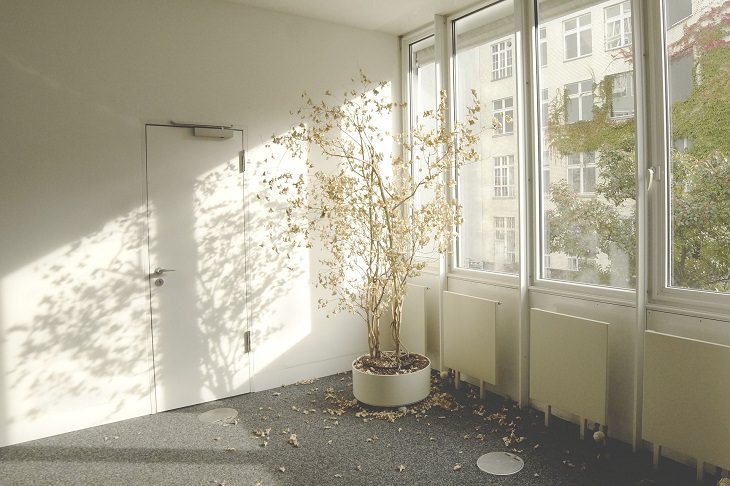
Under-watering can be just as bad as over-watering. One of the most common mistakes that plant owners make is to water them too much at the very beginning and then abandon them altogether and do the exact opposite, thinking "I've already watered it enough." This, of course, is a serious mistake. We said it in the previous section, and we’ll say it again, the key to successfully growing plants is to ensure proper irrigation, on a continuous basis and at regular intervals.
Recognize and Fix: When the plant suffers from a shortage of water its leave yellow and then darken until they turn brown, and the texture of the soil becomes dry and crumbly. While it’s not easy to save a plant that is wilting due to under-watering, it's certainly possible. First, find out how much water your plant needs - each plant type requires different amounts of water to thrive. Then be consistent with proper and orderly watering for several weeks. Make sure that the plant receives the amount of water it needs and that the draining holes at the bottom of the pot are dry. This method might just bring your dying plant back to life.
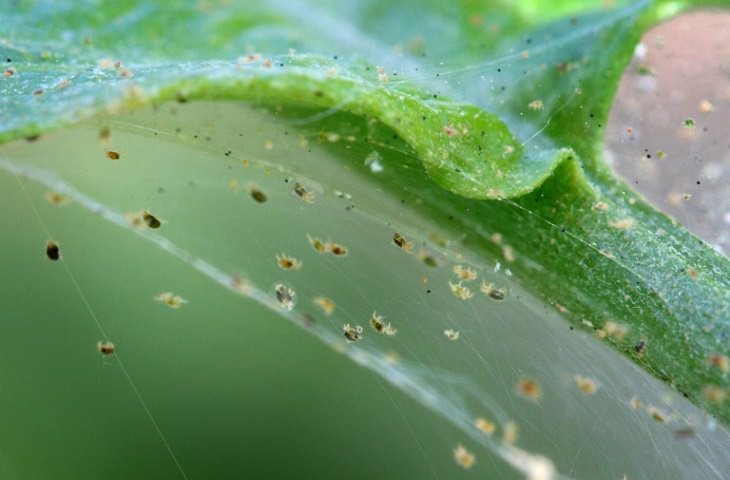
Regardless of how well we water or care for our plants, they can be damaged and destroyed by a host of parasites and pests. If you keep a number of plants in your house next to each other, only one infected plant is enough to infect the rest of the group and cause complete havoc. Therefore, if you notice that one plant has been infected, isolate it from the rest quickly.
Recognize and Fix: There are many common signs that can help you identify pests. Mites, for example, are tiny parasites that weave silk webs around the plant. Aphids, another type of small pest, are dark in color and stick to leaves and plant stems. Similarly, moth larvae, which are white and hide under the leaves, can cause extensive leaf damage. If you notice the pests on your plant, isolate the infected plant from other plants and follow the following method: Dilute a little rubbing alcohol with water (2 cups of water to a teaspoon of alcohol for small to medium-sized plants) and apply the diluted alcohol to the leaves and stem using a cloth. Repeat this treatment daily for around 3 weeks. After the treatment has been completed, make sure that the parasites have been completely eradicated before putting the plant back in place. Another method of pest removal is to lightly sprinkle water mixed with Neem oil on the plan.
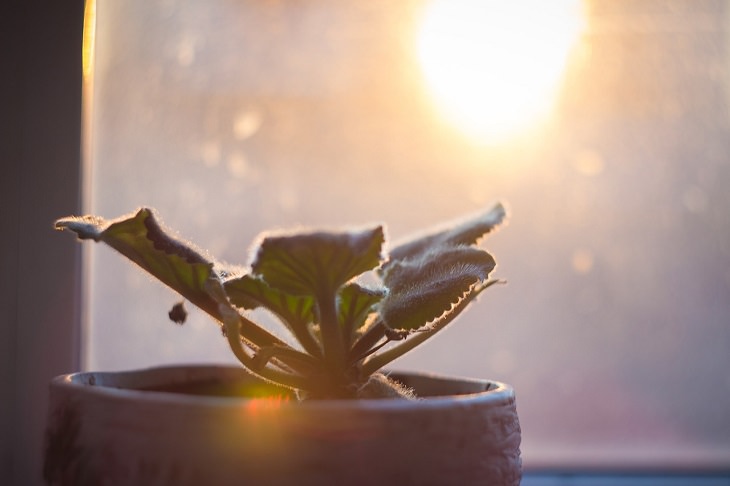
All plants, almost without exception, need light to exist, but the amount of light they need varies. Houseplants, such as aloe vera, cactus, Boston sword fern and more require a lot of light to grow, while plants such as monstera, begonia, and epiphyllum need very little light to flourish and thrive. Placing the plant in the wrong corner, where it doesn’t receive the amount of light it needs, can undoubtedly lead to rapid withering and premature death.
Recognize and Fix: When it comes to sunlight, plants tend to "express" their displeasure at a lack of it very quickly. When the plant gets too much light, its leaves change color and turn brown and become completely sunburned. On the other hand, if you notice that your plant has started producing smaller, paler leaves and seems to be leaning towards the source of light, it’s a sign that it's not getting enough sunlight. When you notice your plant reacting either which way, the best solution is to move it to another place in your home or garden - one that will be brighter or more shaded, depending on the symptoms.
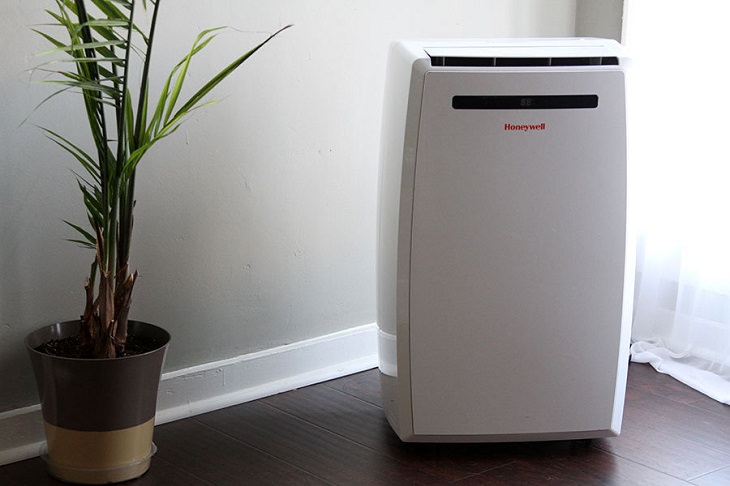
As for the temperature around them, you should know that plants tend to prefer weather similar to what we humans like - not too hot or too cold, about 64-70 degrees Fahrenheit (18-21c). If you place your plant on or near a window, know that the changing seasons and temperature spikes or drops can negatively affect your plants and even cause their deaths. The greatest cause of weather-related damage done to many plants is when the air around them is too dry for too long.
Recognize and Fix: If the plant looks completely dry, or the leaves aren’t fresh and you yourself feel that the air is dry and uncomfortable, this is probably the problem. To solve it, first, make sure to place the plant in an environment where it will not experience such extreme weather change. In addition, if the plant is dried out you can add moisture by spraying water on its leaves, or by placing a humidifier next to it. You can also create a "humidity tray" that will provide the plant with the necessary moisture: get a small tray that you can place your plant on top of, fill it with pebbles and some water and place the plant on top.
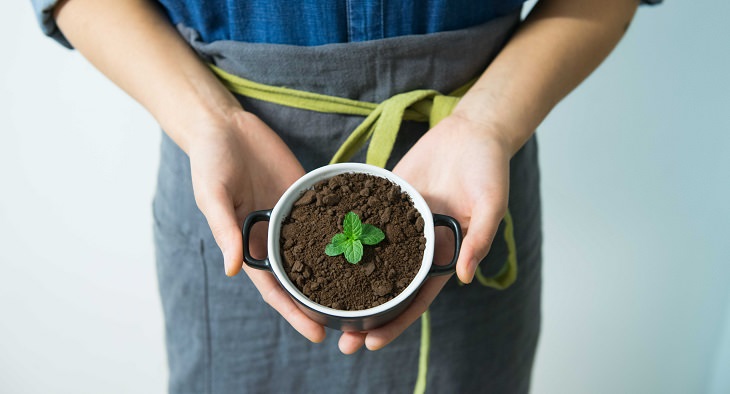
You bought a new plant, you brought it home fresh and beautiful, you put it in a bright place with a comfortable temperature, and you watered, tended to it, and kept it from pests exactly as instructed, but after a while, you come to find it completely withered. You have probably forgotten one very important thing - to change its soil. The soil in the pot contains a long list of nutrients essential to plant growth and health, but after the plant uses up all the nutrients, the soil is left completely dry, causing the plant to slowly die.
Recognize and Fix: When the soil lacks nutrients your plant leaves will look "tired", i.e., completely wilted, and the soil itself will look dry and low quality. To fix this problem, simply buy fresh potting soil from a nursery or a gardening supply store, and add a thin layer to the planter, either on top or under the plant (after gently lifting the plant). Before you buy the potting soil mixture, find out what the recommended mixture is for your plant's needs - some need dense, thick soil, and there are those that need fast draining soil with a lot of sand and fertilizer. Be sure to replace and refresh your plant's soil every year to two.